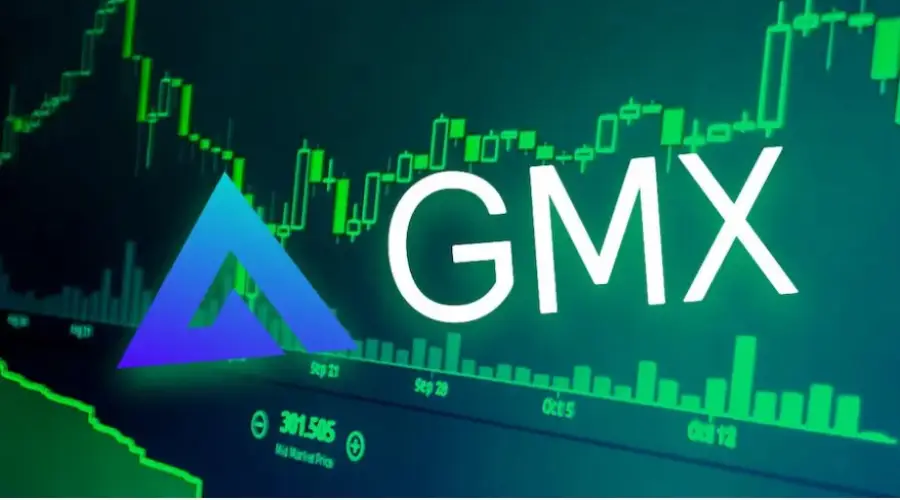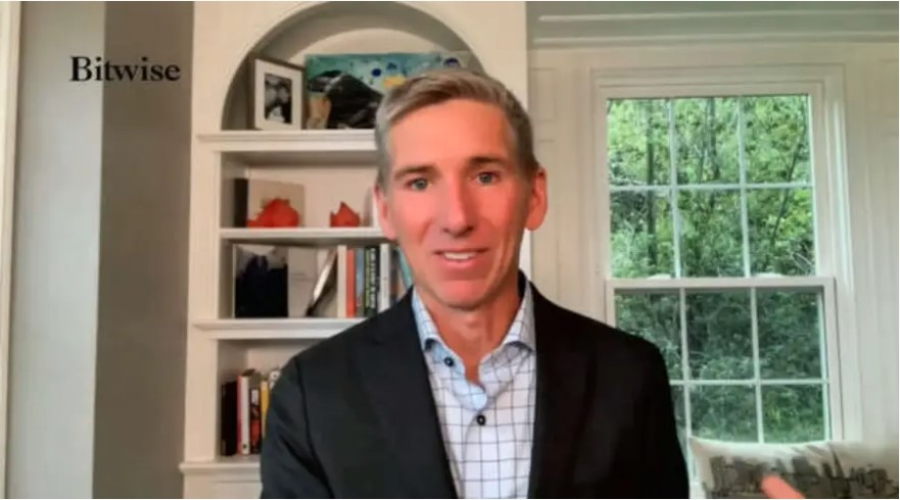- Markets expect the Federal Open Market Committee (FOMC) to maintain a hawkish stance, which will influence the DXY index in the coming sessions.
- Weak US job openings and ISM PMI figures were released on Wednesday.
- The highlight of the session will be Fed Chairman Jerome Powell's press conference.
He US Dollar Index (DXY) It is trading slightly lower, at 106.2, awaiting the expected monetary policy decision of the Federal Open Market Committee (FOMC). Markets are betting on an aggressive stance from the Federal Reserve (Fed), which could cause investors to adjust their expectations about interest rates. Early in the session, mixed data put downward pressure on the index.
Overall, the US economy is showing solid growth and persistent inflation, putting upward pressure on US yields, which acted as tailwinds for the Dollar in recent sessions. A hawkish Fed has created a favorable environment for the Dollar due to policy divergences from its peers.
Daily Market Moves Summary: DXY dips slightly as markets digest mid-level data
- The US Bureau of Labor Statistics (BLS) announced that the number of job openings on the last business day of March was 8.488 million, below the expected mark of 8.690 million.
- The US manufacturing sector showed signs of contraction in April according to the Institute for Supply Management's (ISM) Manufacturing Purchasing Managers' Index (PMI), recording a decline from the previous month.
- According to Automatic Data Processing (ADP), U.S. private sector employment increased by 192,000 jobs in April, slightly exceeding the projected increase of 175,000 jobs.
- Although ADPreading beat expectations, it was lower than March's gain of 208,000 jobs, indicating a possible slowdown in job growth.
- Looking at expectations for the next Fed meetings, the odds of a cut in June fell below 10%, fell below 25% in July, and dropped to below 55% in September.
- US Treasury yields are falling, with the 2-year yield at 5.01%, the 5-year yield at 4.70%, and the 10-year yield at 4.65%.
DXY Technical Analysis: DXY Outlook Remains Neutral as Markets Await Directions
The indicators on the DXY daily chart reflect conflicting signals. The RSI, which is in positive territory, has a negative slope suggesting bearish price momentum. The Moving Average Convergence Divergence (MACD) indicator, although showing flat red bars, is also indicating sell signals representing possible bearish sentiment.
However, this possible selling impulse has not yet translated into a definitive price trend, possibly because market participants are waiting for clearer indications. All in all, the fact that the US Dollar Index is comfortably above its 20-day, 100-day, and 200-day SMA indicates that bullish pressure remains, pointing to a continued presence of buyers in the market.
US Dollar FAQ
What is the US Dollar?
The United States Dollar (USD) is the official currency of the United States of America, and the “de facto” currency of a significant number of other countries where it is in circulation alongside local banknotes. According to 2022 data, it is the most traded currency in the world, with more than 88% of all global currency exchange operations, equivalent to an average of $6.6 trillion in daily transactions.
After World War II, the USD took over from the pound sterling as the world's reserve currency.
How do the decisions of the Federal Reserve affect the Dollar?
The single most important factor influencing the value of the US Dollar is monetary policy, which is determined by the Federal Reserve (Fed). The Fed has two mandates: achieve price stability (control inflation) and promote full employment. Your main tool to achieve these two objectives is to adjust interest rates.
When prices rise too quickly and inflation exceeds the 2% target set by the Fed, the Fed raises rates, which favors the price of the dollar. When Inflation falls below 2% or the unemployment rate is too high, the Fed can lower interest rates, which weighs on the Dollar.
What is Quantitative Easing and how does it influence the Dollar?
In extreme situations, the Federal Reserve can also print more dollars and enact quantitative easing (QE). QE is the process by which the Fed substantially increases the flow of credit into a clogged financial system. This is an unconventional policy measure used when credit has dried up because banks do not lend to each other (for fear of counterparty default). It is a last resort when a simple lowering of interest rates is unlikely to achieve the necessary result. It was the Fed's weapon of choice to combat the credit crunch that occurred during the Great Financial Crisis of 2008. It involves the Fed printing more dollars and using them to buy US government bonds, primarily from financial institutions. QE usually leads to a weakening of the US Dollar.
What is quantitative tightening and how does it influence the US dollar?
Quantitative tightening (QT) is the reverse process by which the Federal Reserve stops purchasing bonds from financial institutions and does not reinvest the principal of maturing portfolio securities in new purchases. It is usually positive for the US dollar.
Source: Fx Street
I am Joshua Winder, a senior-level journalist and editor at World Stock Market. I specialize in covering news related to the stock market and economic trends. With more than 8 years of experience in this field, I have become an expert in financial reporting.







